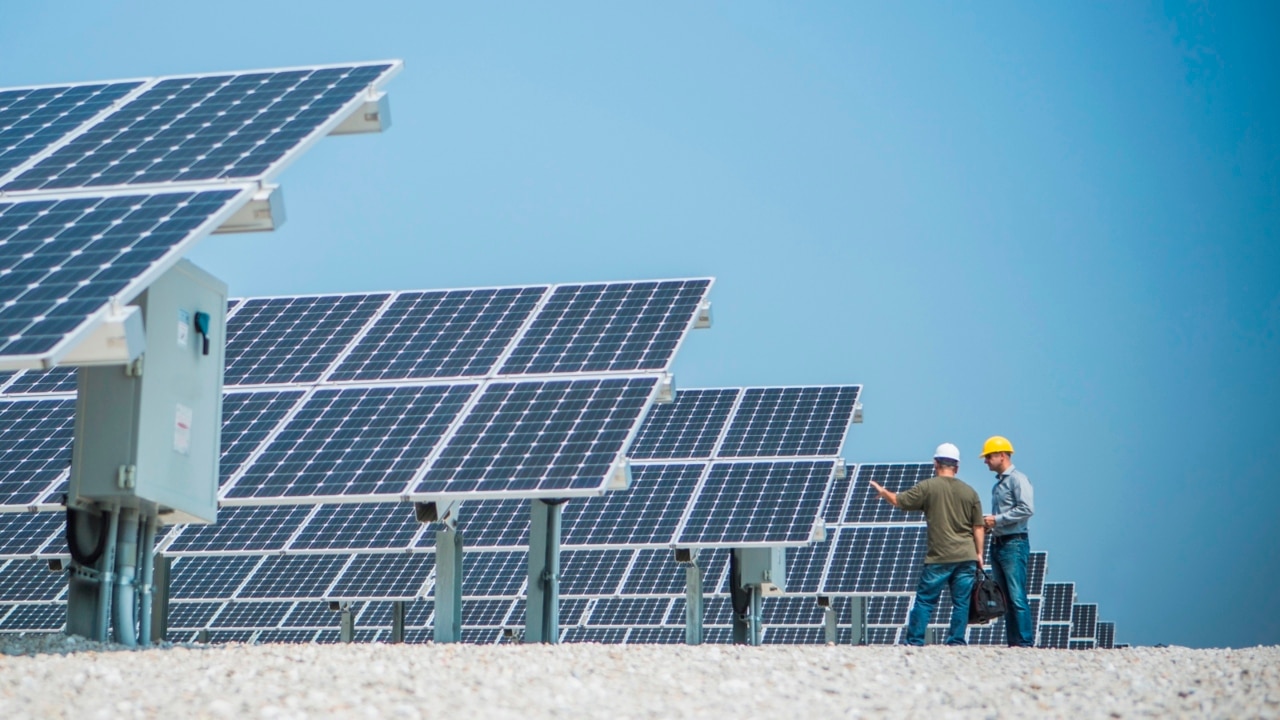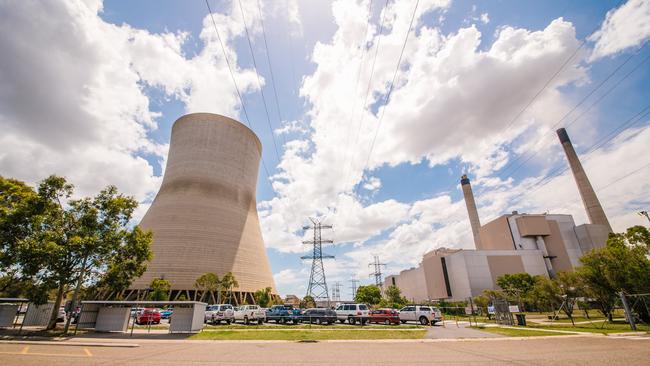Power grid precarious as winter looms, warns EnergyAustralia
The electricity network has been exposed going into a peak demand period, the head of one of the biggest energy companies warns.

Australia’s electricity network is precariously balanced going into a peak demand period, the head of one of the country’s biggest energy companies has warned.
Mark Collette, head of EnergyAustralia, said recent fossil fuel closures, including the shutting of AGL Energy’s Liddell coal-fired power plant, had left the national electricity system exposed, even though generators have fast-tracked maintenance to ensure no repeat of the coal power station outages that plagued Australia in June 2022.
“The dispatchable capacity is actually less than last year after the closure of the Liddell power station at the end of April. If there were outages or supply shocks – we notice them,” Mr Collette told a climate business summit in Sydney.
AGL Energy shut the last unit of the Liddell power station in April.
Australia is still reeling from the market suspension last winter when a spate of coal power stations suffered outages, forcing generators to turn to gas at a time when prices were at record levels to prevent blackouts. That in turn triggered a crisis that has led to higher household power bills from July 1.

Mr Collette is the latest executive to express concern about the capacity of Australia’s electricity network to manage the increased demand during winter and summer amid a rapid transition of the country’s fuel sources.
Coal is the largest source of electricity in Australia, accounting for about two-thirds of all power, but its role has waned significantly in recent years as fossil fuels come under mounting economic and social pressure.
“In preparation for every coal retirement, what I’d like to see is enough capacity to replace the services that coal provided. So far coal has been closing without the replacement being there,” Mr Collette said
The closure of coal power stations will help Australia – one of the world’s highest per capita emitters – meet its carbon emission targets. But industry executives have warned that new zero-emission sources are failing to keep pace with the closures of coal power plants and Australia is risking its energy security.
Unexpected coal outages this winter would put pressure on wholesale electricity prices, which will be key to determining how much prices rise in 2024.
The Australian Energy Regulator last month approved bill increases of about 25 per cent for households and businesses across the east coast from July 1, which it said was predominantly driven by the increased cost of generating electricity in winter 2022.

A global energy crunch – which pushed up the price of coal and gas – was the major driver in soaring generation costs in 2022. The price of coal has fallen significantly in recent months, aiding Australia’s electricity generators, but wholesale costs remain elevated amid a generation squeeze.
Queensland’s fifth-largest coal generator, state-owned Callide C, remains offline, while east coast gas supplies have been impacted by a series of outages at ExxonMobil’s Longford plant.
Federal and state governments have said progress is being made in increasing renewable energy generation capacity, which would decrease the cost of generating electricity during sunny or windy days.
However, industry executives have warned Australia is behind the pace in developing storage such as large-scale batteries and pumped hydro to compensate for so-called renewable energy droughts.
Mr Collette said there had been increased investment in batteries, but noted the systemic differences with coal.
“A coal power station would have a stockpile of a month, maybe two. A battery will have between two and four hours,” Mr Collette said. “In May you had a period when there wasn’t much wind. If you didn’t have coal there, it would have been a very different story.”
Over $120bn of spending is needed to finance new solar, wind, transmission and energy storage projects by 2030, according to the Australian government-backed Clean Energy Finance Corporation.






To join the conversation, please log in. Don't have an account? Register
Join the conversation, you are commenting as Logout